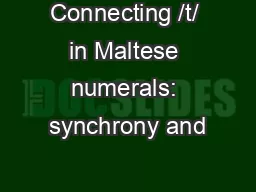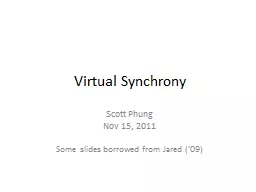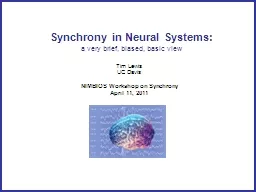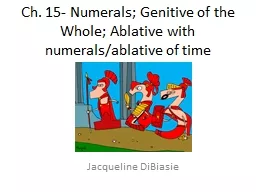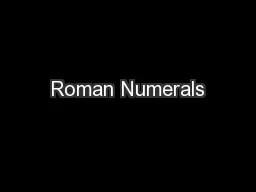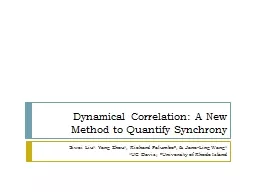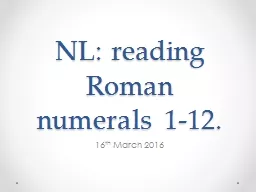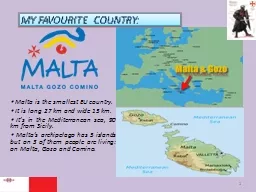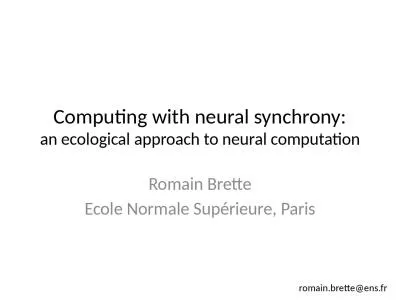PPT-Connecting /t/ in Maltese numerals: synchrony and
Author : yoshiko-marsland | Published Date : 2016-03-26
diachrony 4 th International Conference on Maltese Linguistics Université Lyon 2 17062013 Christopher Lucas SOAS University of London Michael Spagnol Albert
Presentation Embed Code
Download Presentation
Download Presentation The PPT/PDF document "Connecting /t/ in Maltese numerals: sync..." is the property of its rightful owner. Permission is granted to download and print the materials on this website for personal, non-commercial use only, and to display it on your personal computer provided you do not modify the materials and that you retain all copyright notices contained in the materials. By downloading content from our website, you accept the terms of this agreement.
Connecting /t/ in Maltese numerals: synchrony and: Transcript
Download Rules Of Document
"Connecting /t/ in Maltese numerals: synchrony and"The content belongs to its owner. You may download and print it for personal use, without modification, and keep all copyright notices. By downloading, you agree to these terms.
Related Documents

